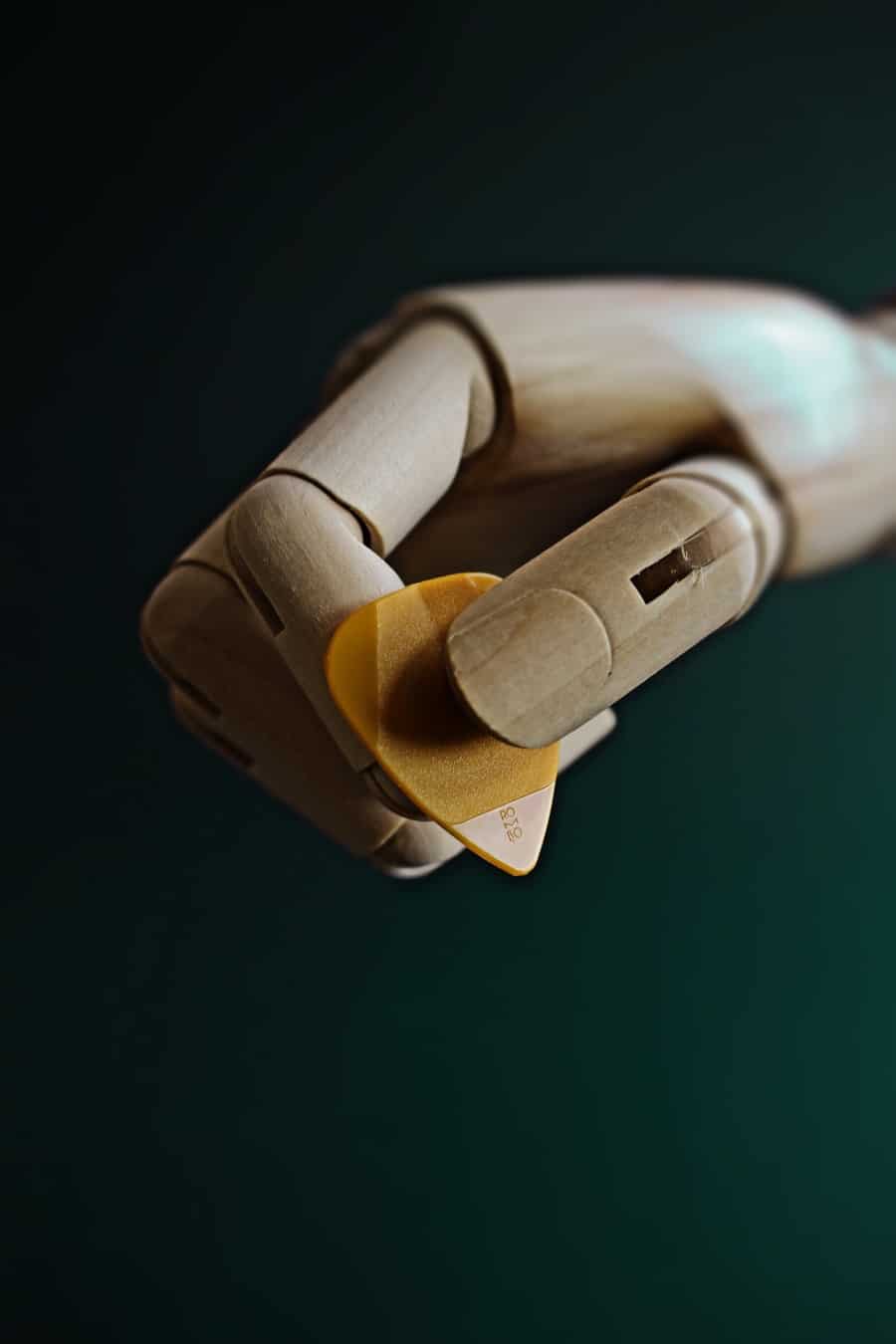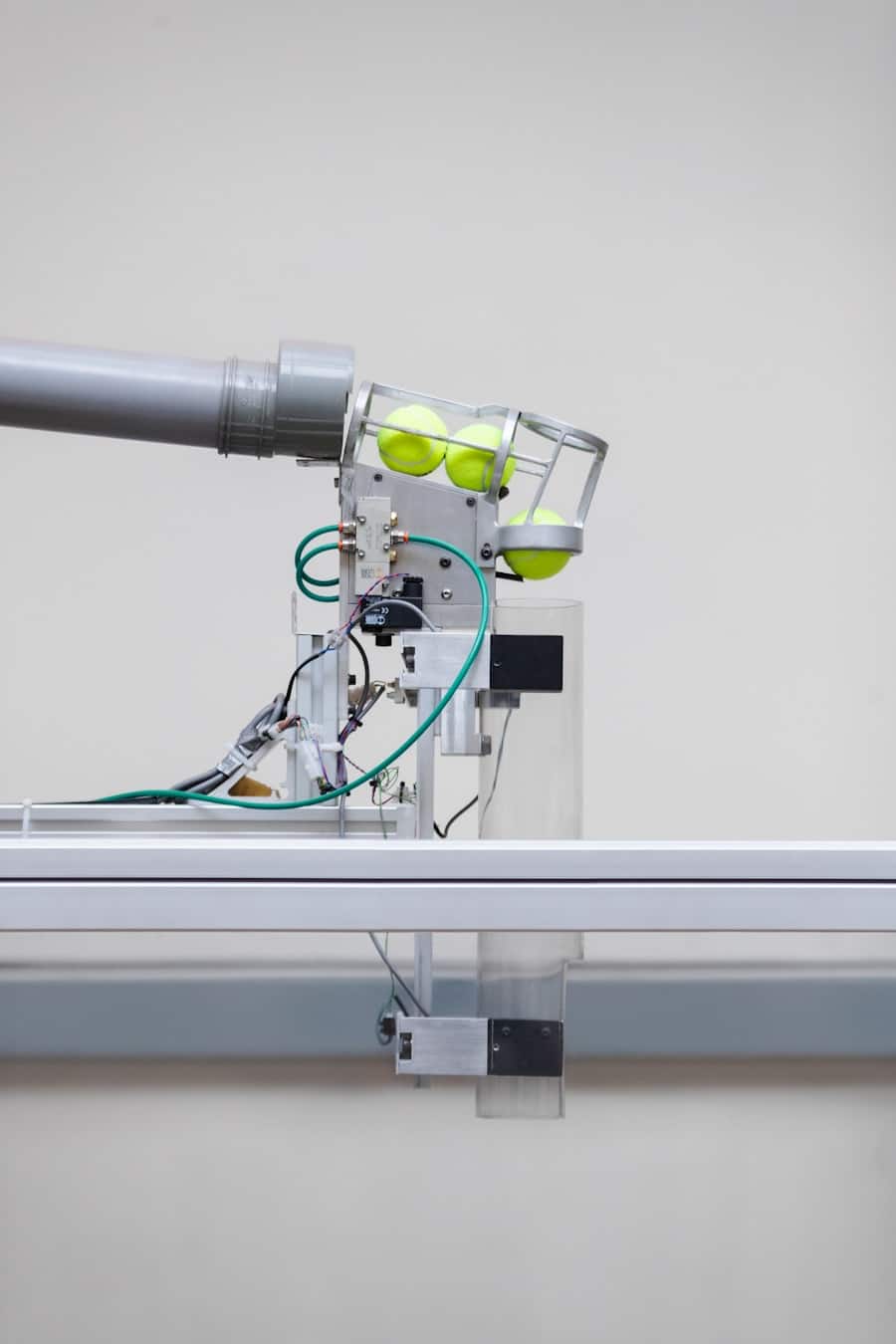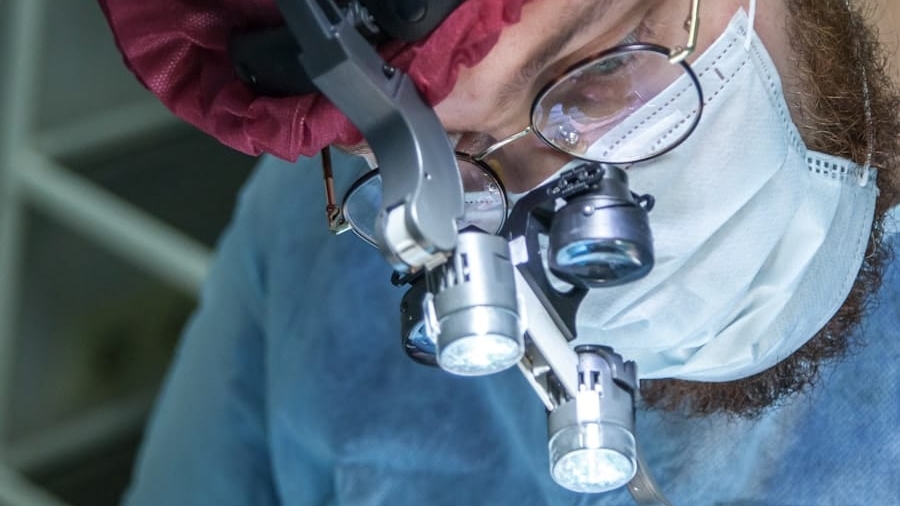Minimally invasive medical procedures have revolutionized the landscape of surgical interventions, offering patients a range of benefits that traditional open surgeries cannot match. These procedures are characterized by smaller incisions, reduced trauma to the body, and quicker recovery times. The advent of advanced technologies has enabled surgeons to perform complex operations with precision and control, minimizing the physical and psychological toll on patients.
As healthcare continues to evolve, the demand for minimally invasive techniques has surged, driven by patient preferences for less invasive options and the potential for improved outcomes. The concept of minimally invasive surgery (MIS) is not entirely new; it has roots in techniques such as laparoscopy, which emerged in the late 20th century. However, the integration of robotics into these procedures has marked a significant turning point.
Robotic-assisted surgeries enhance the surgeon’s capabilities, allowing for greater dexterity and visualization. This evolution has not only transformed surgical practices but has also reshaped patient experiences, leading to shorter hospital stays and faster returns to daily activities. As we delve deeper into the role of robotics in minimally invasive procedures, it becomes evident that this intersection of technology and medicine is paving the way for a new era in surgical care.
Key Takeaways
- Minimally Invasive Medical Procedures involve using small incisions and specialized tools to perform surgeries with less trauma to the body.
- Robotics in medicine has evolved to enhance precision, dexterity, and control in minimally invasive procedures, leading to improved patient outcomes.
- The benefits of robotics in minimally invasive procedures include reduced pain, shorter recovery times, and decreased risk of complications for patients.
- Types of robotics used in minimally invasive surgery include telemanipulators, autonomous robots, and robotic exoskeletons, each with unique capabilities and applications.
- Challenges and limitations of robotics in minimally invasive procedures include high costs, technical complexities, and the need for specialized training for healthcare professionals.
The Evolution of Robotics in Medicine
The journey of robotics in medicine began in the late 20th century, with early prototypes primarily focused on assisting surgeons in performing delicate tasks. The first significant milestone was the introduction of the da Vinci Surgical System in 2000, which allowed surgeons to perform complex procedures through small incisions using robotic arms controlled by a console. This system marked a paradigm shift in surgical techniques, as it combined the precision of robotics with the skill of human surgeons.
Over the years, advancements in robotic technology have led to enhanced capabilities, including improved imaging systems and more intuitive control mechanisms. As robotics continued to evolve, so did its applications within various medical specialties. Initially concentrated in urology and gynecology, robotic surgery has expanded into fields such as cardiothoracic surgery, orthopedics, and even neurosurgery.
The versatility of robotic systems has allowed for a broader range of procedures to be performed with minimal invasiveness. Furthermore, ongoing research and development have led to innovations such as haptic feedback systems that provide surgeons with tactile sensations during surgery, enhancing their ability to navigate complex anatomical structures. This evolution reflects a growing recognition of the potential for robotics to improve surgical outcomes and patient safety.
Benefits of Robotics in Minimally Invasive Procedures

The integration of robotics into minimally invasive procedures offers numerous advantages that significantly enhance patient care. One of the most notable benefits is the precision with which robotic systems can operate. The robotic arms are designed to mimic the movements of a surgeon’s hands but with greater accuracy and stability.
This precision is particularly beneficial in delicate surgeries where even minor errors can lead to complications. For instance, in prostatectomies performed using robotic assistance, studies have shown lower rates of complications and improved functional outcomes compared to traditional methods. Another key benefit is the reduction in recovery time associated with robotic-assisted surgeries.
Patients undergoing minimally invasive procedures typically experience less postoperative pain and shorter hospital stays. For example, a study comparing laparoscopic cholecystectomy (gallbladder removal) performed with and without robotic assistance found that patients who underwent robotic surgery had significantly reduced pain levels and were able to return to normal activities more quickly. This expedited recovery not only enhances patient satisfaction but also reduces healthcare costs associated with prolonged hospital stays and rehabilitation.
Types of Robotics Used in Minimally Invasive Surgery
Various types of robotic systems are employed in minimally invasive surgery, each designed to cater to specific surgical needs and specialties. The da Vinci Surgical System remains one of the most widely recognized platforms, utilized for a range of procedures including prostatectomy, hysterectomy, and cardiac valve repair. Its articulated instruments allow for intricate movements within confined spaces, making it ideal for surgeries requiring high precision.
In addition to the da Vinci system, other robotic platforms have emerged to address different surgical challenges. For instance, the Medrobotics Flex System offers a flexible endoscopic platform that enables surgeons to navigate complex anatomical pathways with ease. This system is particularly useful in procedures involving the gastrointestinal tract and respiratory system.
These innovations are still in their infancy but hold promise for enhancing surgical efficiency and safety.
Challenges and Limitations of Robotics in Minimally Invasive Procedures
Despite the numerous advantages associated with robotic-assisted minimally invasive procedures, several challenges and limitations persist. One significant hurdle is the high cost associated with acquiring and maintaining robotic systems.
Additionally, ongoing maintenance costs and the need for specialized training further contribute to the financial burden on healthcare institutions. This economic factor can limit access to advanced robotic technologies, particularly in smaller hospitals or those operating on tight budgets. Another challenge lies in the learning curve associated with robotic surgery.
While robotic systems enhance precision and control, they also require surgeons to undergo extensive training to master their use effectively. The transition from traditional surgical techniques to robotic-assisted methods can be daunting for some practitioners. Moreover, there is a risk that reliance on robotic systems may lead to a decline in fundamental surgical skills among trainees if not balanced with traditional training methods.
Ensuring that surgeons are adequately trained while maintaining their proficiency in conventional techniques remains a critical concern within the medical community.
Future Trends in Robotics for Minimally Invasive Surgery

The future of robotics in minimally invasive surgery is poised for exciting developments as technology continues to advance at an unprecedented pace. One emerging trend is the integration of artificial intelligence (AI) into robotic systems. AI algorithms can analyze vast amounts of data from previous surgeries to assist surgeons in making real-time decisions during procedures.
For instance, AI could help identify anatomical landmarks or predict potential complications based on patient-specific factors, ultimately enhancing surgical outcomes. Additionally, there is a growing interest in teleoperated robotic surgery, which allows surgeons to perform procedures remotely using robotic systems. This capability could expand access to specialized surgical care in underserved areas or during emergencies when immediate expertise is required.
As communication technologies improve and latency issues are addressed, teleoperated surgery may become a viable option for various medical scenarios.
Training and Education for Robotic Minimally Invasive Procedures
As robotics becomes increasingly integrated into surgical practice, comprehensive training and education programs are essential for ensuring that surgeons are well-prepared to utilize these advanced technologies effectively. Many medical institutions have established dedicated training centers where surgeons can gain hands-on experience with robotic systems before performing procedures on patients. These centers often employ simulation-based training methods that allow trainees to practice various surgical techniques in a controlled environment.
Furthermore, continuing education programs are crucial for experienced surgeons looking to refine their skills or transition from traditional techniques to robotic-assisted methods. Workshops, online courses, and mentorship opportunities can provide valuable resources for ongoing professional development. Collaboration between medical device manufacturers and educational institutions can also facilitate knowledge sharing and ensure that training programs remain up-to-date with the latest advancements in robotic technology.
Ethical and Legal Considerations in Robotic Minimally Invasive Surgery
The rise of robotics in minimally invasive surgery brings forth important ethical and legal considerations that must be addressed by healthcare professionals and policymakers alike. One primary concern revolves around informed consent; patients must be adequately informed about the risks and benefits associated with robotic-assisted procedures compared to traditional methods. Transparency regarding potential complications specific to robotic surgery is essential for fostering trust between patients and healthcare providers.
Additionally, liability issues may arise if complications occur during robotic-assisted surgeries. Determining accountability can be complex when multiple parties are involved, including surgeons, hospitals, and manufacturers of robotic systems. Establishing clear guidelines regarding liability and malpractice insurance coverage will be crucial as robotic surgery becomes more prevalent.
As robotics continues to shape the future of minimally invasive surgery, it is imperative that ethical considerations remain at the forefront of discussions surrounding its implementation. Balancing innovation with patient safety and ethical responsibility will be essential for ensuring that advancements in technology translate into meaningful improvements in patient care.
In a related article discussing the importance of user experience in software development, Best Software for UX highlights the significance of creating intuitive and user-friendly interfaces for various applications, including those used in robotics for minimally invasive medical procedures. By prioritizing user experience, developers can ensure that healthcare professionals can easily navigate and operate robotic systems during surgeries, ultimately improving patient outcomes.
FAQs
What are minimally invasive medical procedures?
Minimally invasive medical procedures are surgical techniques that use small incisions and specialized tools to perform surgeries with less damage to the body compared to traditional open surgeries.
What is the role of robotics in minimally invasive medical procedures?
Robotics play a crucial role in minimally invasive medical procedures by providing surgeons with enhanced precision, dexterity, and control during surgeries. Robotic systems can also offer 3D visualization and magnification, making it easier for surgeons to perform complex procedures.
What are the benefits of using robotics in minimally invasive medical procedures?
The use of robotics in minimally invasive medical procedures can lead to shorter recovery times, reduced pain and scarring, lower risk of infection, and improved surgical outcomes for patients. Additionally, robotics can enable surgeons to perform procedures with greater accuracy and efficiency.
What types of surgeries can be performed using robotics in minimally invasive procedures?
Robotics can be used in a wide range of minimally invasive surgeries, including but not limited to prostatectomies, hysterectomies, colorectal surgeries, cardiac procedures, and orthopedic surgeries.
Are there any limitations or risks associated with using robotics in minimally invasive medical procedures?
While robotics can offer numerous benefits, there are also potential limitations and risks, such as the high cost of robotic systems, the need for specialized training for surgeons, and the possibility of technical malfunctions during surgeries. It’s important for healthcare providers to carefully weigh the pros and cons before incorporating robotics into their surgical practices.

